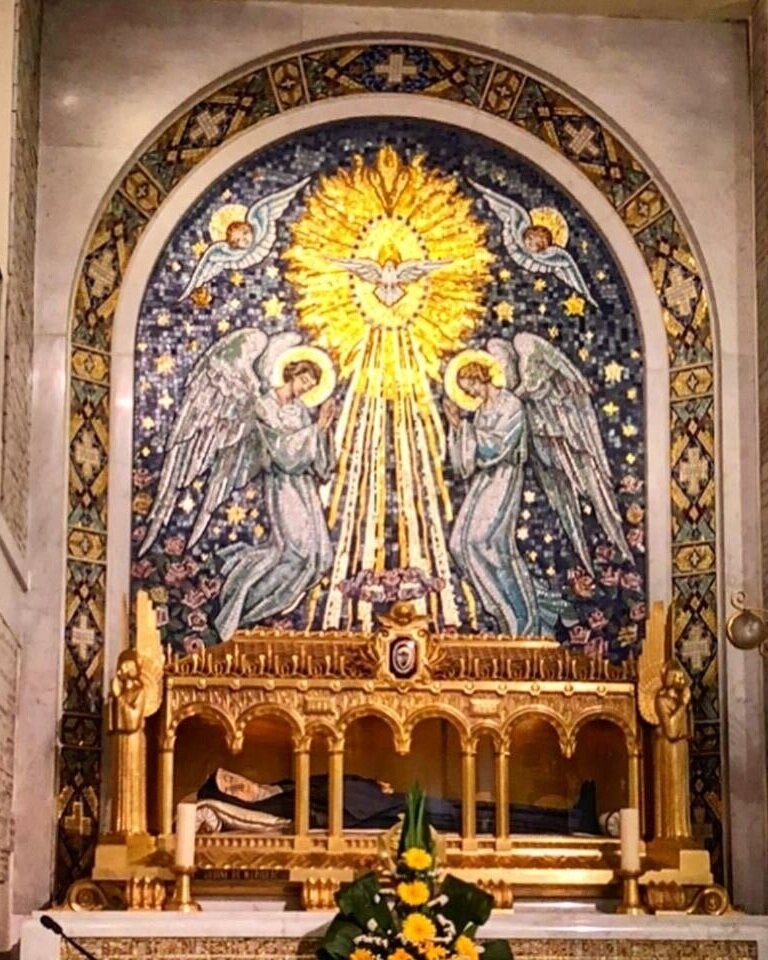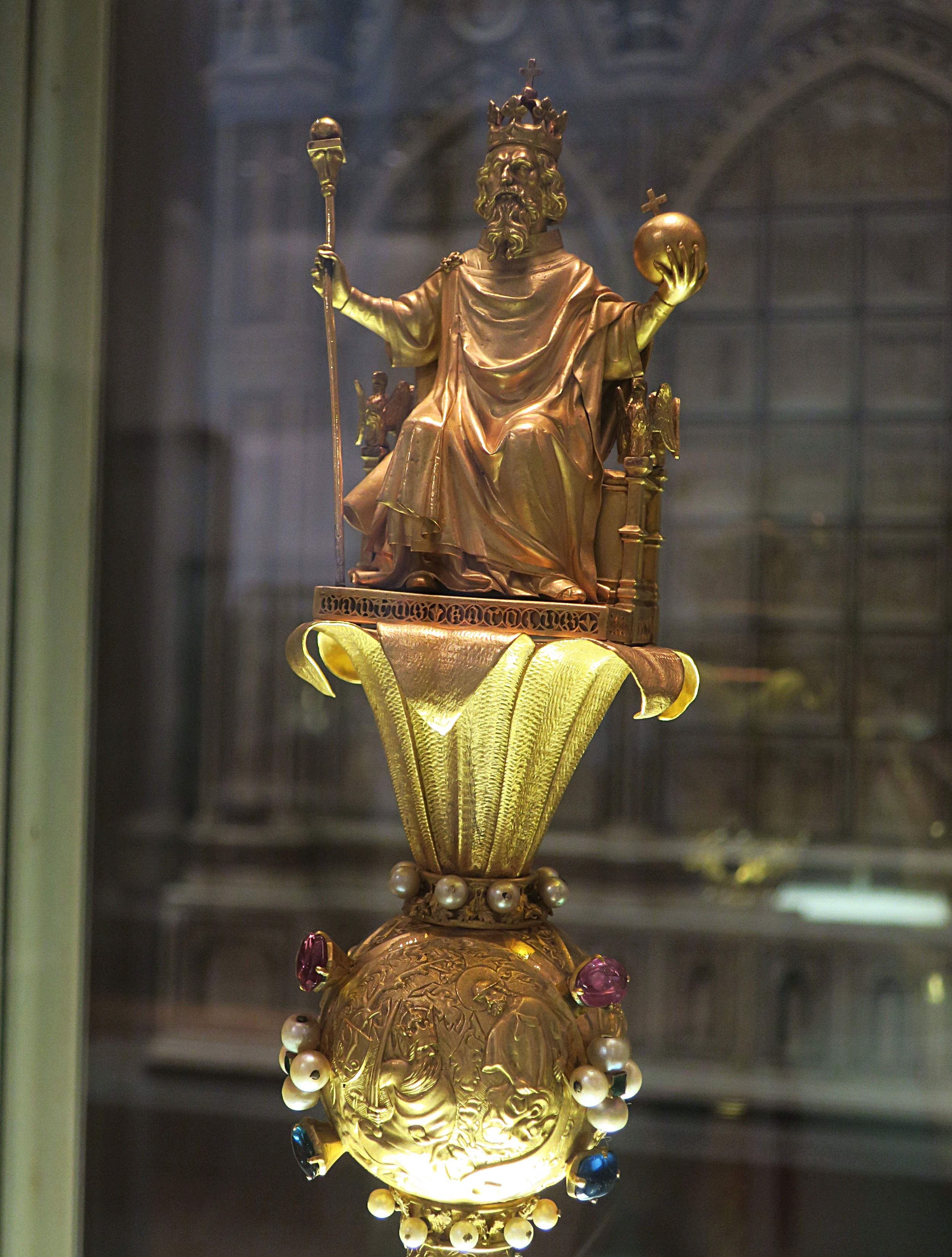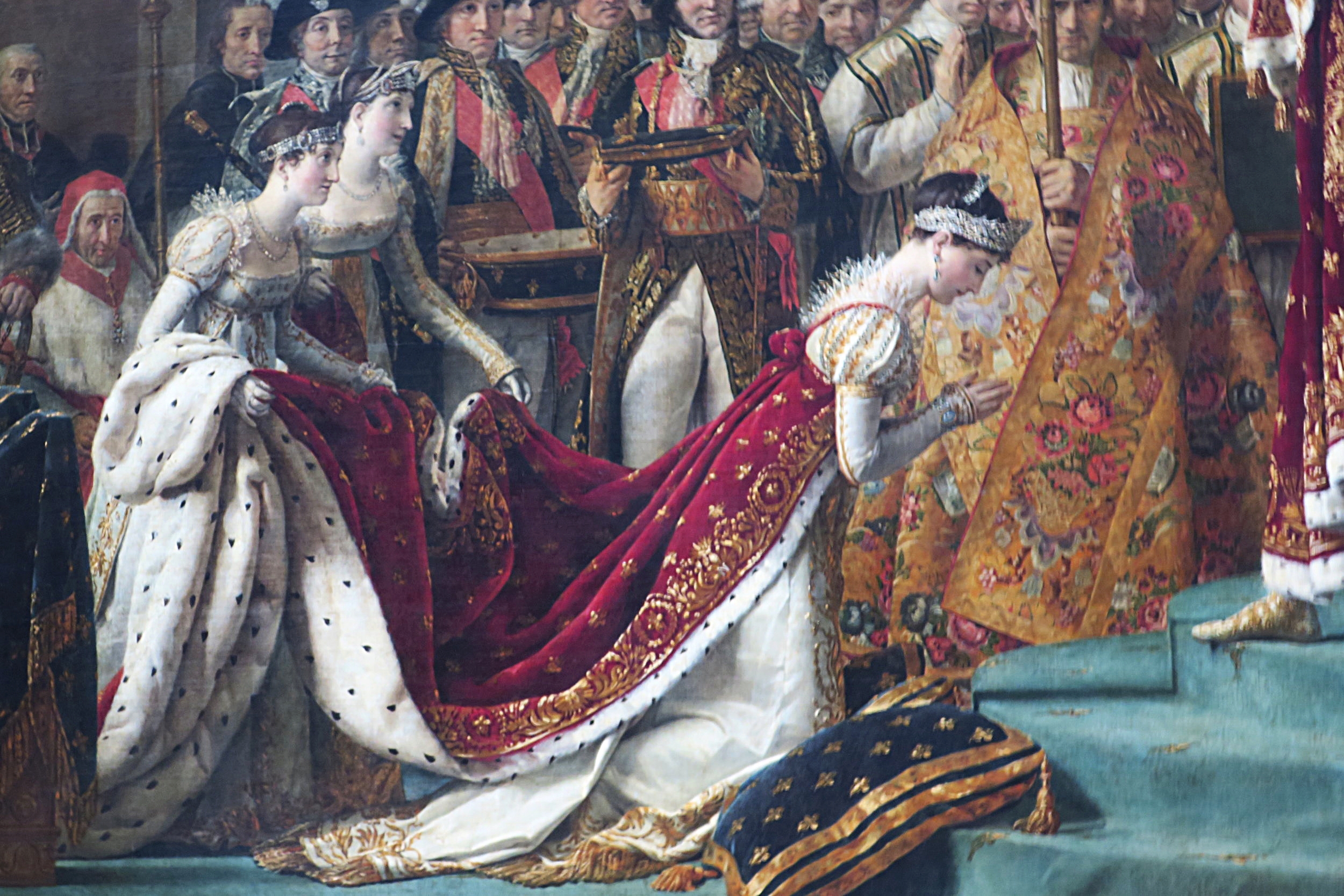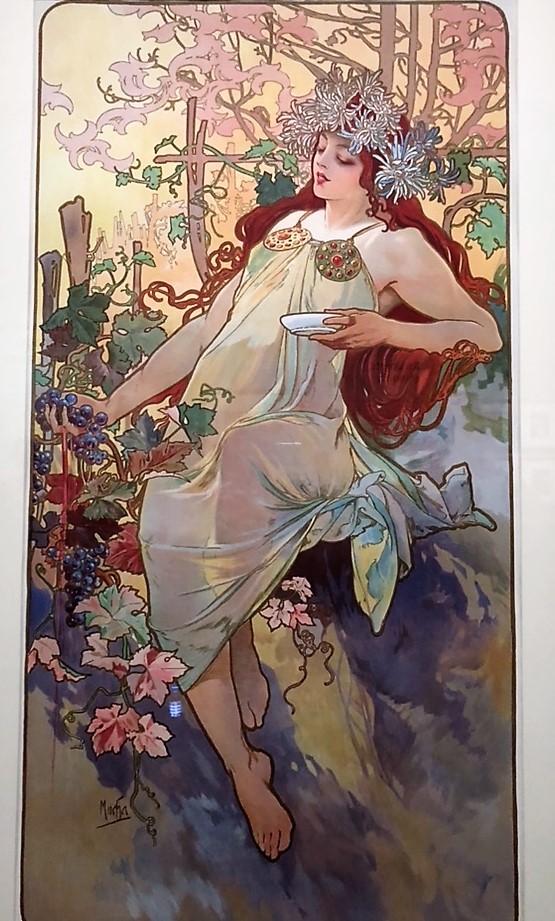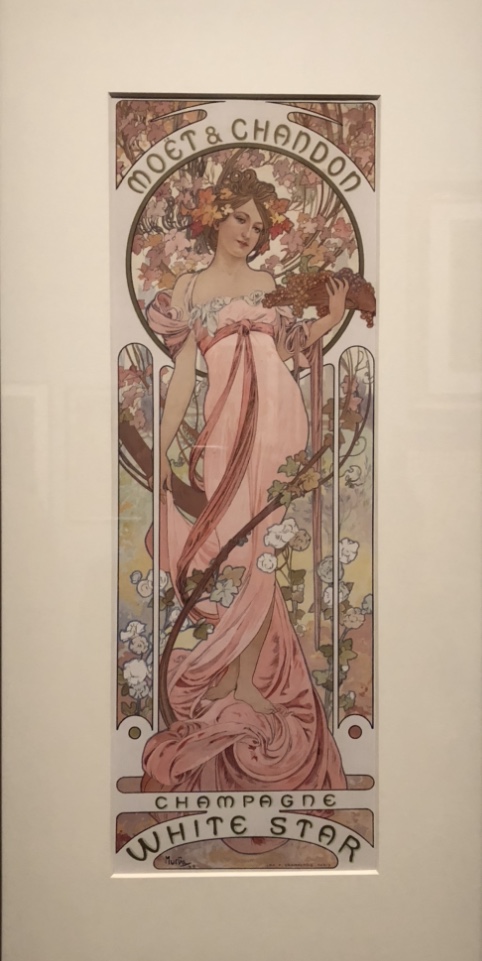Slowly Paris is beginning to reopen and one more wonderful step to get to back to the Paris we love is the openings of the museums and monuments. Many of the fantastic temporary exhibits have been extended into the winter and even start of 2021. So if you are like me and were dying to see the Christian Louboutin at the Palais de la Porte Dorée you are in luck!
I will be updating this list daily when new announcements come in
Musée du Louvre opening July 6 **Reservations online need to be made in advance
Figure d’Artiste - until the end of summer
Soleils Noirs - until January 25, 2021
Albrecht Altdorfer, Maitre de la Renaissance Allemands - tbd
Le Corps et l’Ame, Donatello a Michel-Ange - tbd
Musée d’Orsay opening June 23
Grand Palais, opening July 1
Atelier des Lumières, open NOW
Musée des arts décoratifs (MAD Paris) opening June 23 for special exhibit, July 7 for perm. collection
Musée national Eugène Delacroix, opening June 22
Musée de l’Orangerie, opening June 22 (Water Lilies only)
Petit Palais opening June 16
Musée de la Vie romantique opening June 16
Musée national Picasso opening 3rd week in July
Musée Rodin opening July 7
Musée du Luxembourg opening September 23
Musée Jacquemart-André open NOW
Musée Marmottan Monet opening June 2
Musée d’art et d’histoire du Judaïsme opening June 6
Musée Maillol opening June 10
Musée de Montmartre Open NOW
Musée de la Libération de Paris opening June 16
Musée Bourdelle opening June 16
Musée du quai Branly-Jacques Chirac opening June 9
Musée Gustave Moreau opening 3rd week in June
Musée Nissim de Camondo opening June 17
Centre Pompidou opening July 1
Christo et Jeanne-Claude until October 19
Global resistance until January 2021
Jeremy Shaw until July 27
Matisse October 21 - February 22, 2021
Musée de l’Armée opening june 29
Musée d’Art moderne TBD
Palais de la Porte Dorée – musée national de l’Histoire de l’immigration opening June 16
Maison de Balzac opening June 16
Cité de l’architecture et du patrimoine opening June 17
Fluctuart opening June 2
Musée Grévin opening June 18
National Natural History Museum opening June 24th
Espace Lafayette-Drouot World of Banksy until December 31
Catacombes opening June 16
Versailles opening June 6
Chateau de Chantilly open NOW
Chateau Vaux le Vicomte opening June 13
Château de Fontainebleau gardens opening June 2, Chateau opening July 1
Musée de la Monnaie de Paris , free entry the entire month of June
Museums that were under construction at the start of the pandemic will open later into the year
Musée Carnavalet
Maison Victor Hugo
Palais Galliera opening Fall
Musee Zadkine opening in the Fall with the Chagall exhibition
Monuments
La Grande Arche de la Défense NOW
Tour Eiffel opening June 25, stairs only
Domaine de Saint Cloud NOW
Conciergerie opening June 15
Arc de Triomphe opening June 15
Basilique Saint Denis opening June 15
Pantheon opening June 15
Chateau de Vincennes opening June 15
Sainte Chapelle opening June 23
Chapelle Expiatoire reopening June 17




























































